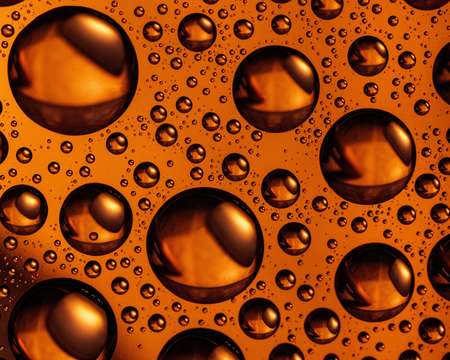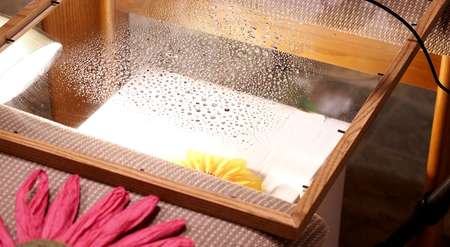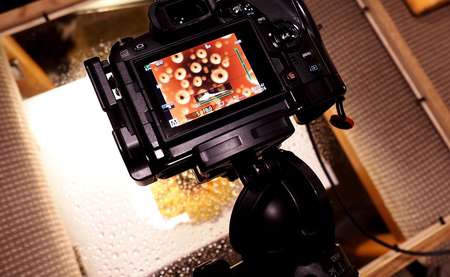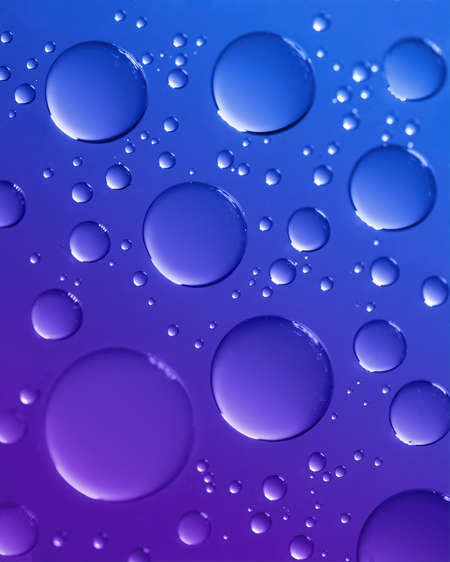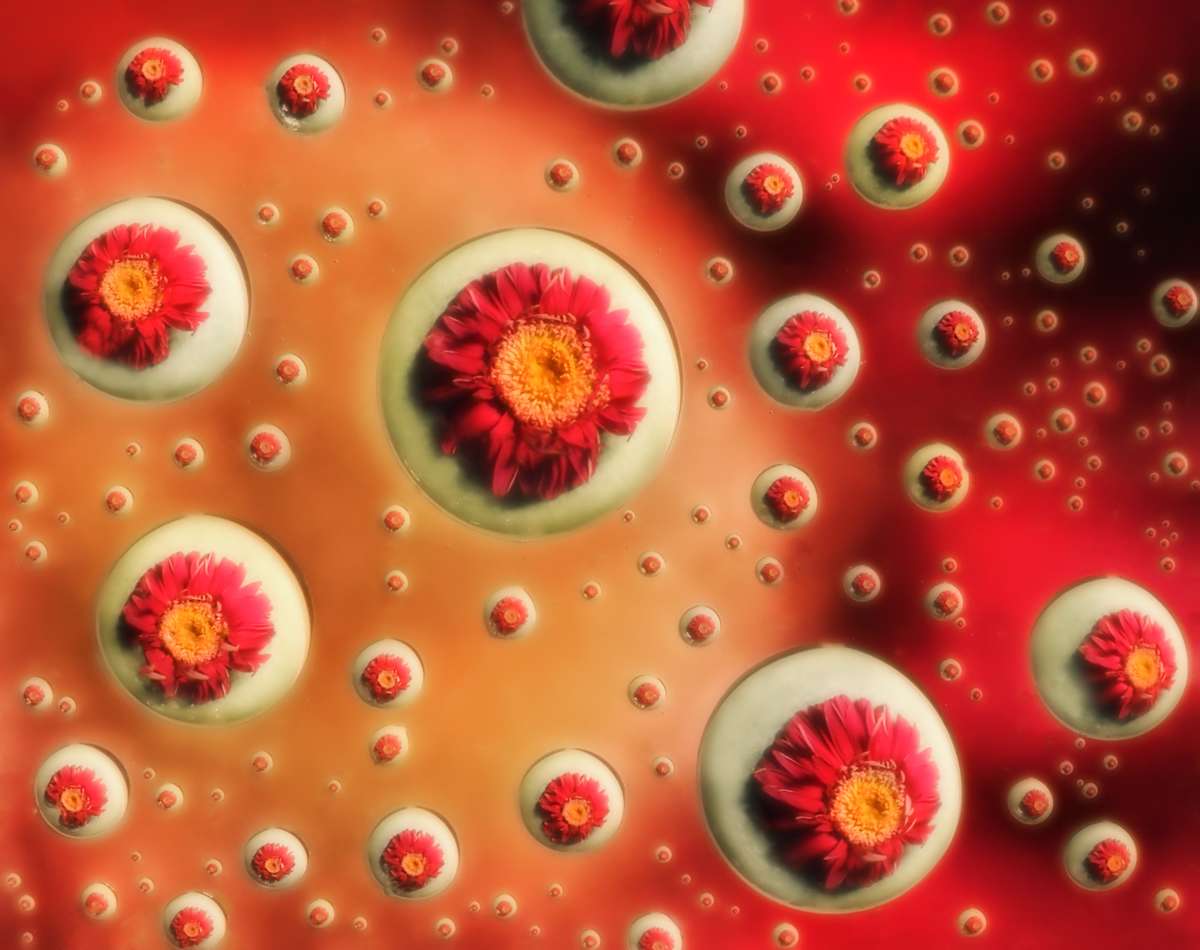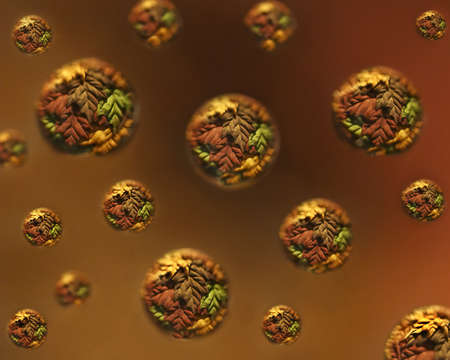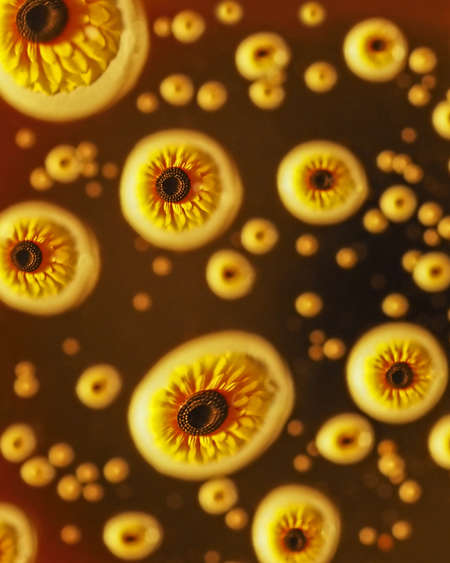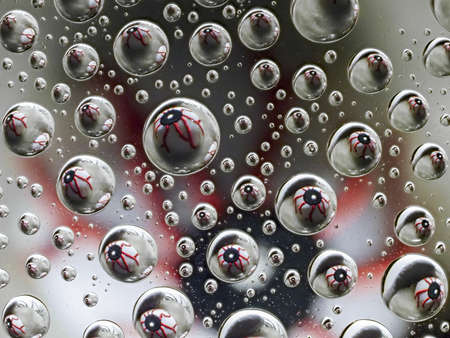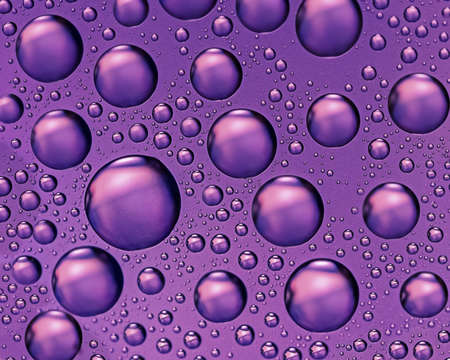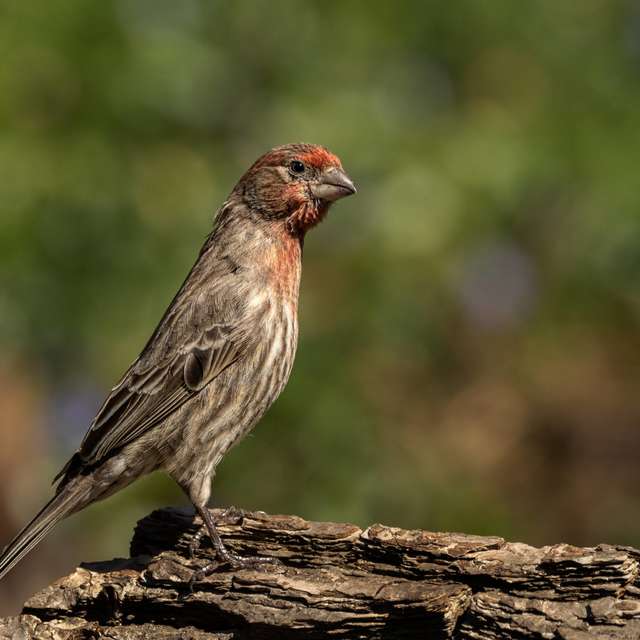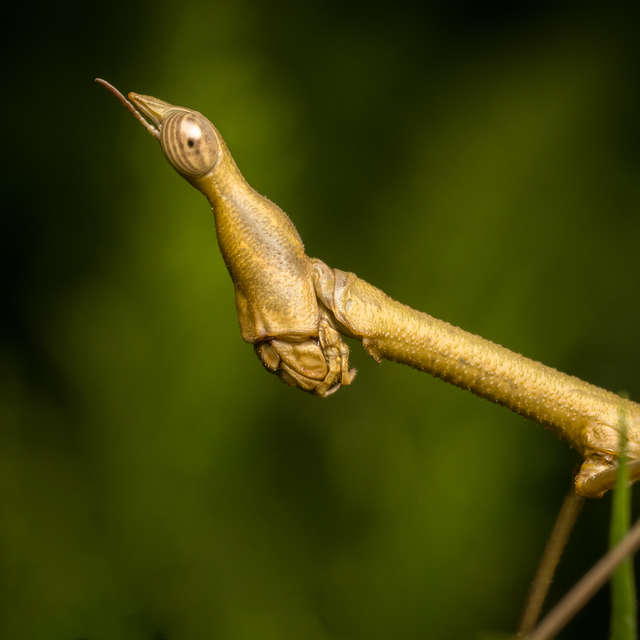Tom and I are currently capturing content as part of our “Artist in Residence” period – as we spend time at home while self distancing – and having fun being #HomeWithOlympus. There are so many subjects around the house to photograph, so our best advice is to use this time to learn something new, photograph something different, and keep feeding your creative soul.
Here is one project that can be done with a piece of glass and some water!
SETUP
Place a piece of glass (keep it in a frame to prevent you from cutting yourself on the edges!) on two chairs, or any two level ends. Any piece of glass will do – the best bet is to use a spare 11x14 or 16x20 picture frame or remove the photo within and borrow one from your wall.
Use the RainX – or similar product – that you would normally apply to your car’s windshield and put some on a cloth and wipe it liberally all over a piece of glass. Let this dry and repeat one more time.
Wipe the glaze off with a fresh cloth and apply some water drops using a spray bottle to the glass. The RainX causes the water drops to bead up.
Put different objects underneath the glass to capture their reflection in the beads of water.
(Wondering about lighting? On the Olympus Facebook page, Lisa suggested lighting from underneath with a white flashlight. Strong window lighting and using a tablet on the brightest setting with a colorful background were also discussed as options.)
We like to use the M.Zuiko 60mm F2.8 Macro lens when photographing beads of water, but we have also used the 12-40mm F2.8 PRO and the 14-150mm F4.0-5.6 II.
You can handhold the camera, after all the amazing Olympus in-body image stabilization takes sharp images even with slow shutter speeds, but we often use a tripod with an articulating arm, because it allows the camera to remain in one place and stay focused – and allows your hands to be free to swap out subject matter without having to put the camera down. When using the tripod we also use the Olympus cable release to trip the shutter.
SETTINGS
We often use F8 as our aperture, but it is definitely worth experimenting with aperture. F2.8 and F4 give more of an abstract feel, while stopping down to F22 can provide additional details of your subject.
Speaking of subjects – what subjects can you use? The two most common water bead subjects are flowers and the American Flag, but play around – anything can be a subject: flowers, candy, leaves, pasta, food, stuffed animals, rugs, place mats, minions, superheroes, folded laundry, a chattering teeth toy, a frog – anything you can imagine!
So use this stay at home time to play and have fun being #HomeWithOlympus!
OUTPUT
Instagram: @lisaandtomphotos
Lisa and Tom Cuchara are known for their "Creativity is Contagious, Pass it on" philosophy, expertise in teaching Photography and Photoshop, inspirational & informative photo workshops, two books published with Amherst Media, and numerous award-winning photographs. They enjoy sharing their passion and knowledge.
